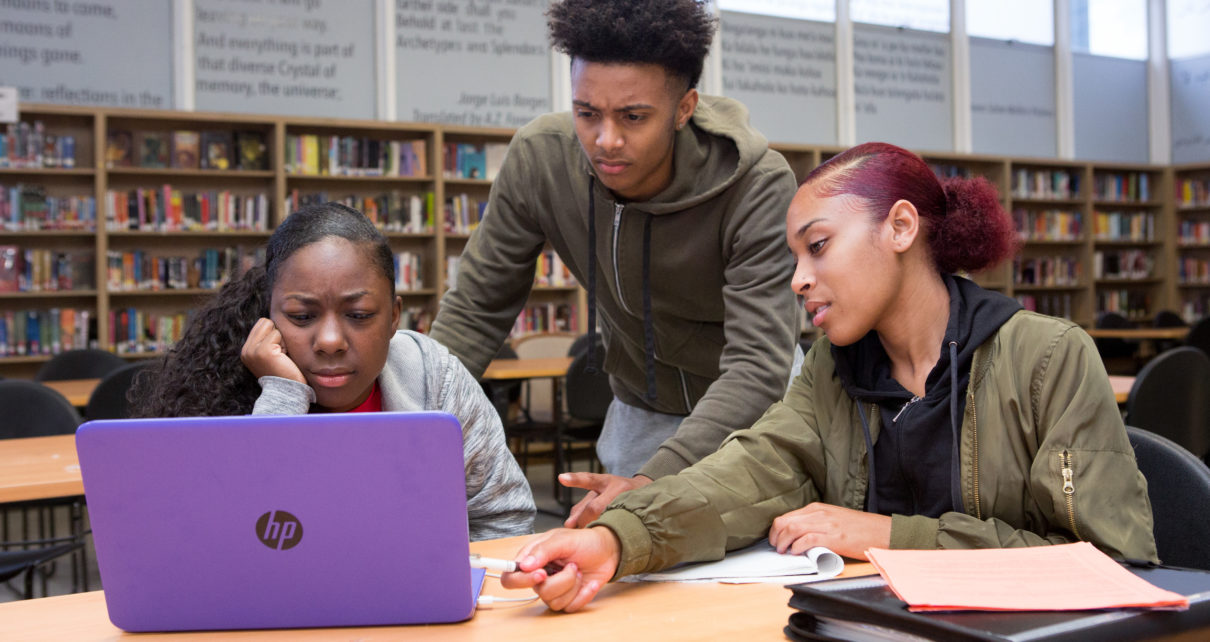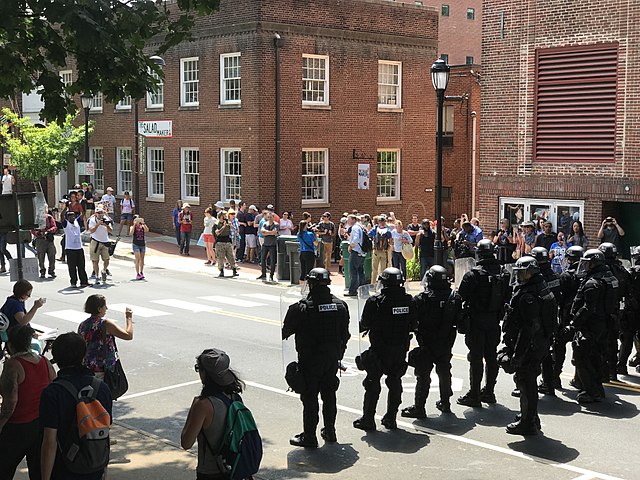In response to the proliferation of mis- and disinformation during the pandemic and the past two American election cycles, media literacy classes have become increasingly integrated in school curricula across the US and Canada. These classes often focus on teaching students how to identify false content using their own critical thinking and simple fact-checking techniques while simultaneously developing positive media habits. This approach is supported by studies that have suggested that these lessons prove effective in aiding adolescents in navigating misrepresentations and fabrications within online environments, particularly regarding advertising and health-related misinformation. However, the ubiquity of these lessons also highlights the potential for countries to offload the responsibility of countering disinformation onto the individual rather than relying on a collective-based approach, potentially limiting the efficacy of their policies.
Media literacy classes have been a component of combatting mis- and disinformation for over two decades across the US and Canada. These classes are primarily designed to teach students to apply critical thinking to media content while also understanding how to use and produce media productively. Curricula in both countries typically include lessons on detecting bias in reporting, learning and applying fact-checking techniques to news stories, and practicing positive media use. Recently, these programs have also focused on educating students about the potential pitfalls offered by social media, including debunking false videos, recognizing boosted commercial content, and internet safety. Efforts to pass legislation mandating media literacy classes have succeeded in several US states, most recently and prominently in Illinois. Additionally, every Canadian province and territory has taught courses dedicated to media literacy since the 1990s as an extension of a national effort to regulate children’s media consumption that was first introduced in the 1950s.
These efforts have become more salient in the aftermath of recent US presidential elections and the coronavirus pandemic as legislatures and school boards have sought to combat the spread of falsehoods within the public discourse. Illinois’ curriculum, adopted last year, follows this trend by requiring that each high school run a media literacy class with a focus on teaching students to identify misinformation across platforms while integrating such lessons into other subject areas. As studies have suggested that these sessions may aid in developing students’ ability to identify misinformation and disinformation, these efforts represent a critical aspect of countering its effects.
There is evidence to suggest that such media literacy classes have proven effective, particularly in changing young people’s attitudes towards health-related topics and advertising. A randomized, controlled, and educational trial study conducted of adolescents suggested that lessons relating to thinking critically about the health media landscape may benefit students’ ability to identify misleading information and thus potentially change their behaviour. Other studies have indicated that similar techniques may also be effective in changing young people’s attitudes towards product placement, gender stereotyping, and violence in advertising, highlighting that such efforts may also aid students in identifying other forms of false messaging. Further, a study conducted by researchers in India and the US recently concluded that lessons specifically dedicated to detecting misinformation and disinformation may prove effective in teaching individuals to spot such content, a highly relevant finding given both countries’ large, multicultural democracies. However, these studies primarily focus on quantifying media literacy classes’ effect on students’ ability to identify falsehoods rather than measuring changes in their behaviour, highlighting a gap within the broader literature and a potential limit to the effectiveness of these curricula.
These classes may be potentially successful in protecting young people against the effects of disinformation. Media literacy is an important skill on its own merits, allowing for students to exercise critical thinking in recognizing falsehoods and make better-informed decisions regarding their use of social media. These curricula are designed to act in effect as a “mass vaccination” strategy, providing an inoculation against the worst excesses of inadvertent and intentional lies as opposed to enforcing stricter forms of censorship.
However, by focusing on the individual, these classes may also represent the abandonment of a collective approach to countering disinformation by effectively treating disinformation as another form of ill-advised speech within the “marketplace” of ideas. As technological, societal, and political changes have allowed disinformation to become more potent through algorithm-generated echo chambers, social media addiction, and intensifying polarization, embracing a strategy based on such a belief may obfuscate the interactions between information ecosystems and society at large. As a result, while these classes may be valuable, state and federal governments’ reliance on them may distract from other, more necessary policy solutions.
Media literacy curricula across the US and Canada are predicated on teaching students the value of critical thinking and positive media use habits. They cover mediums ranging from traditional print advertising to emerging digital trends. These classes are typically effective in developing students’ aptitude to identify falsehoods across a variety of topics, from health to gender to politics, a critical aspect of combatting the spread of disinformation among young people. Nevertheless, there is also limited evidence to suggest that these lessons change students’ behaviour regarding either their beliefs or their media consumption habits, while such programs may also be undercutting collective-based efforts to combat disinformation over the long term. While the media landscape experiences constant change, some lessons bear repeating.
Image copyright: “Group of High School Students at Computer” by Allison Shelley/The Verbatim Agency for EDUimages via Flickr. Licensed under CC BY-NC 2.0.
Disclaimer: Any views or opinions expressed in articles are solely those of the authors and do not necessarily represent the views of the NATO Association of Canada.




